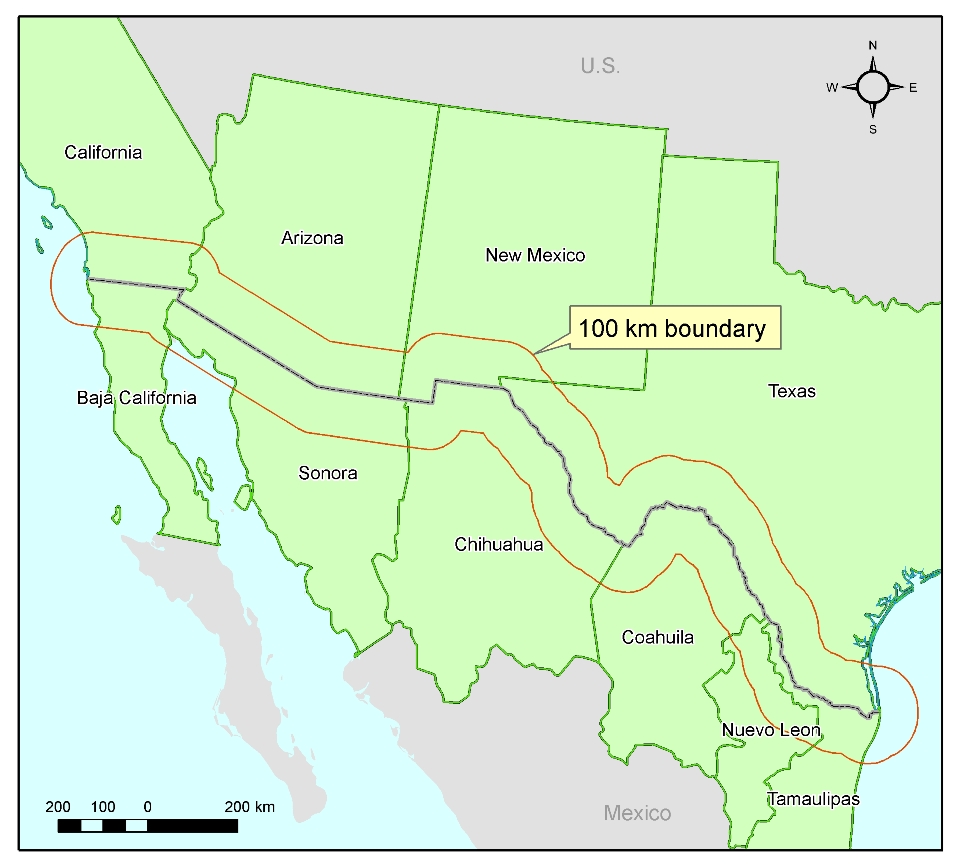Water: U.S. Mexico Border Program
U.S. Mexico Border Program
- Public Health Benefits: Nearly 55,000 homes have been connected with safe drinking water and 500,000 with adequate wastewater service which has helped reduce the risk of water-borne diseases.
- Environmental Benefits: More than 350 million gallons/day of untreated or inadequately treated wastewater discharges have been eliminated.
- Economic Benefits: Water infrastructure investments generate large economic benefits due to reduced health care costs and gains in productivity. Infrastructure construction stimulates local economies and creates jobs.
Publications:
 U.S.-Mexico Border Water Infrastructure Program 2011 Annual Report (PDF) (6pp, 593K, About PDF)
U.S.-Mexico Border Water Infrastructure Program 2011 Annual Report (PDF) (6pp, 593K, About PDF)- U.S.-Mexico Border Water Infrastructure Successes Mexicali (PDF) (1pg, 84K, About PDF) and Matamoros (PDF) (1pg, 89K, About PDF)
Program Links:
- Program History and Basic Information
- FAQs
- U.S.-Mexico Border 2020 Program Homepage
- Region 6 Grants and Funding
- Region 9 Grants and Funding
Our Partners
- Border Environment Cooperation Commission (BECC)

- North American Development Bank (NADB)

- Mexican Water Commission (CONAGUA)


